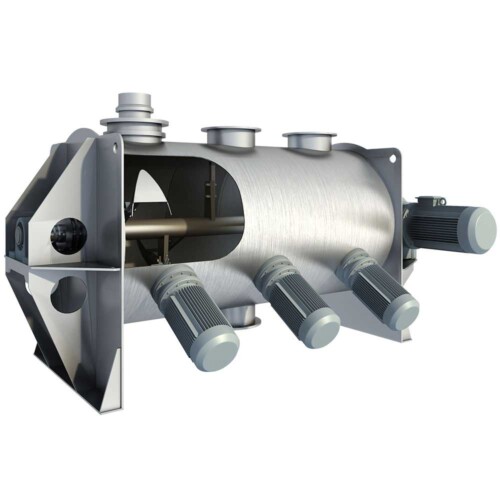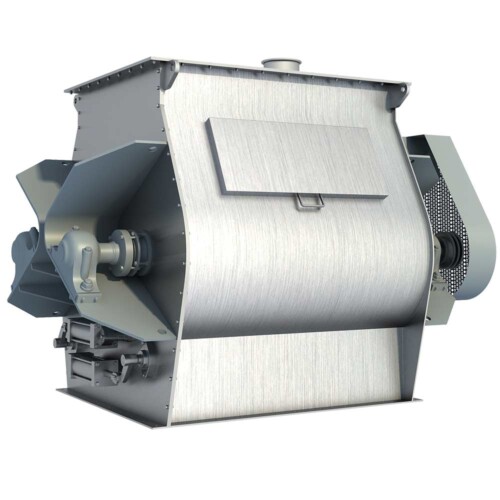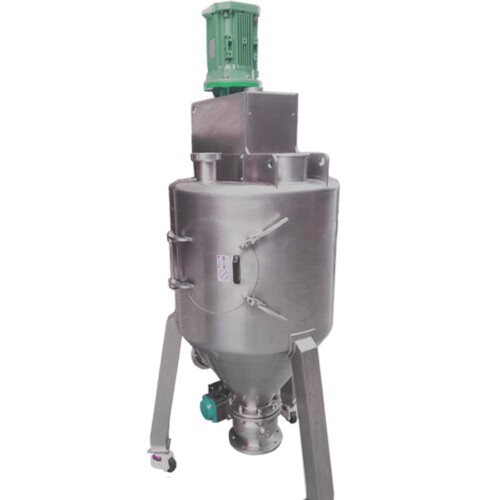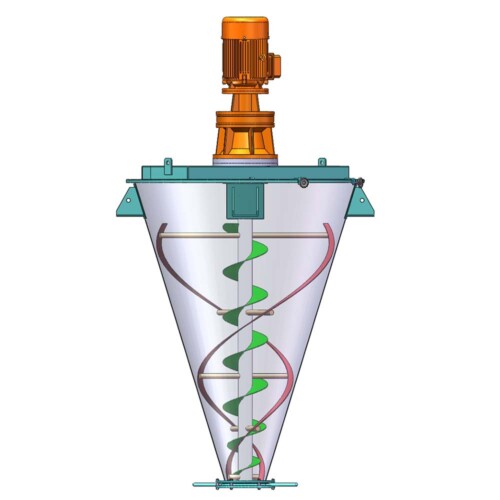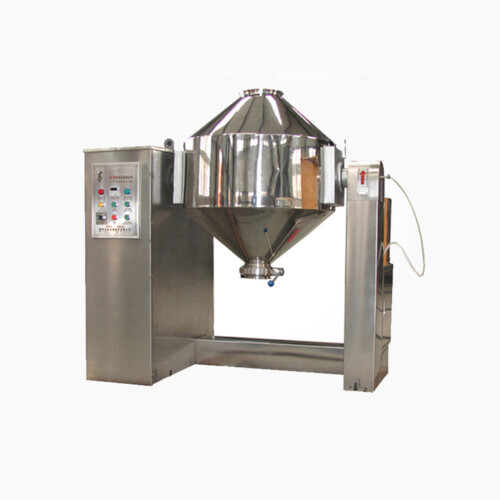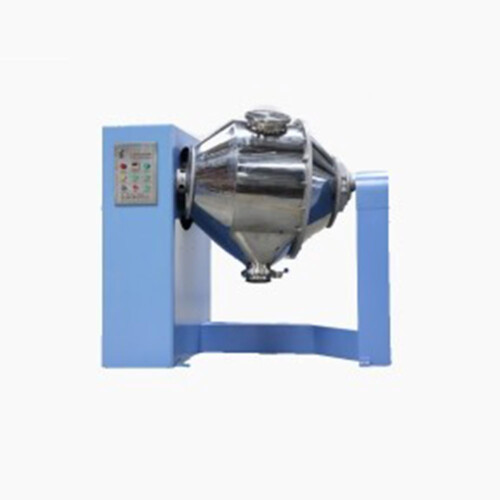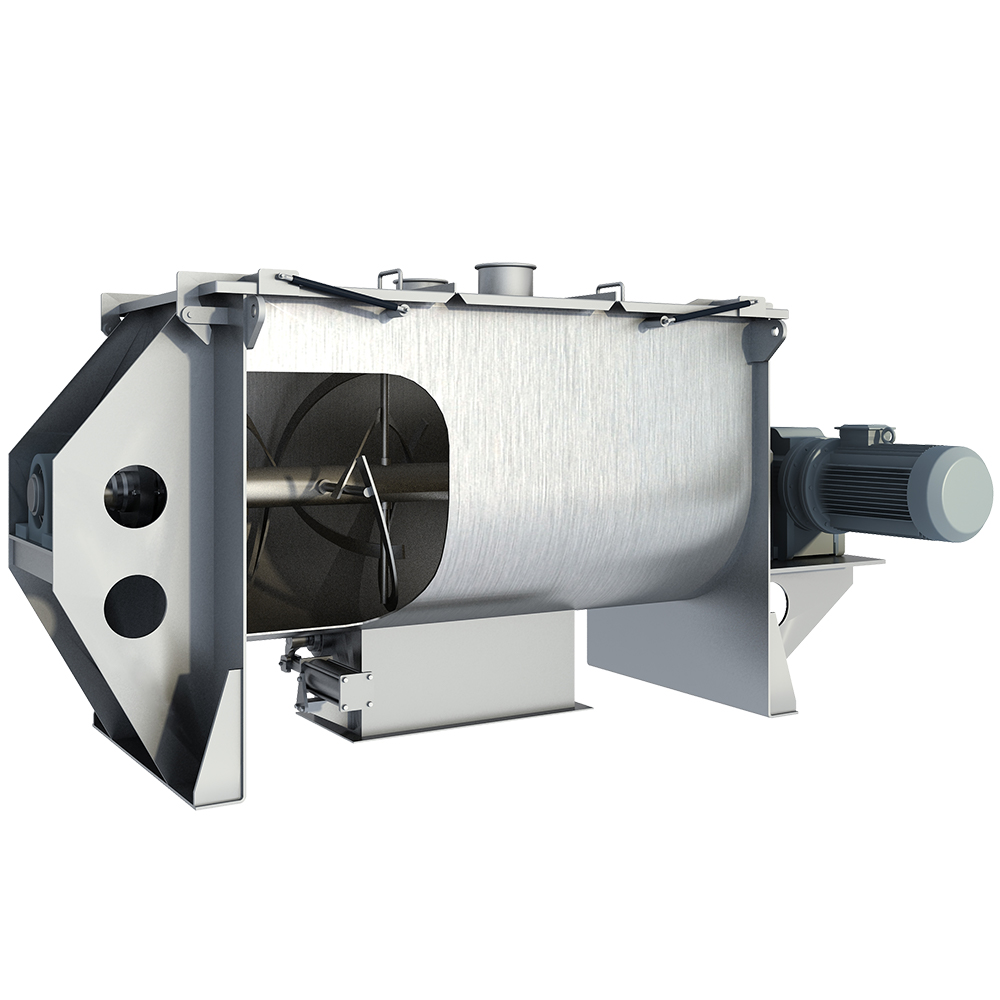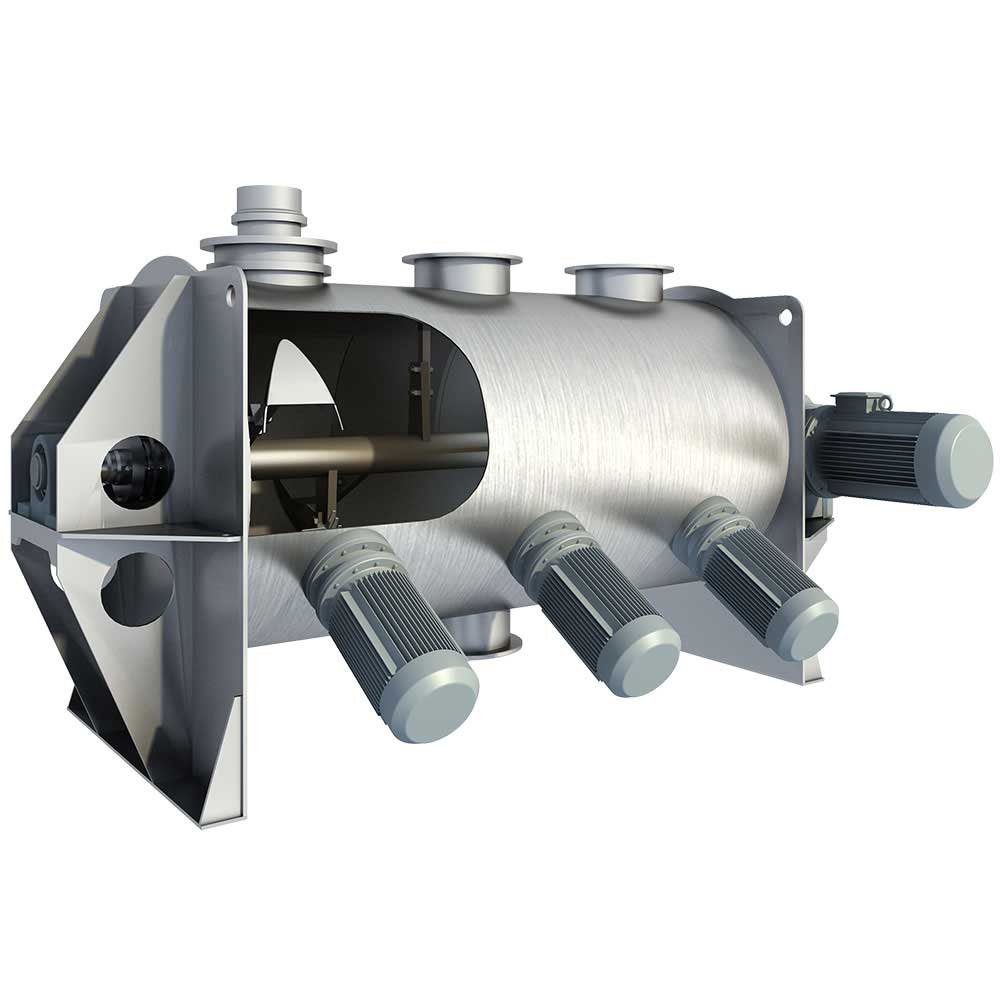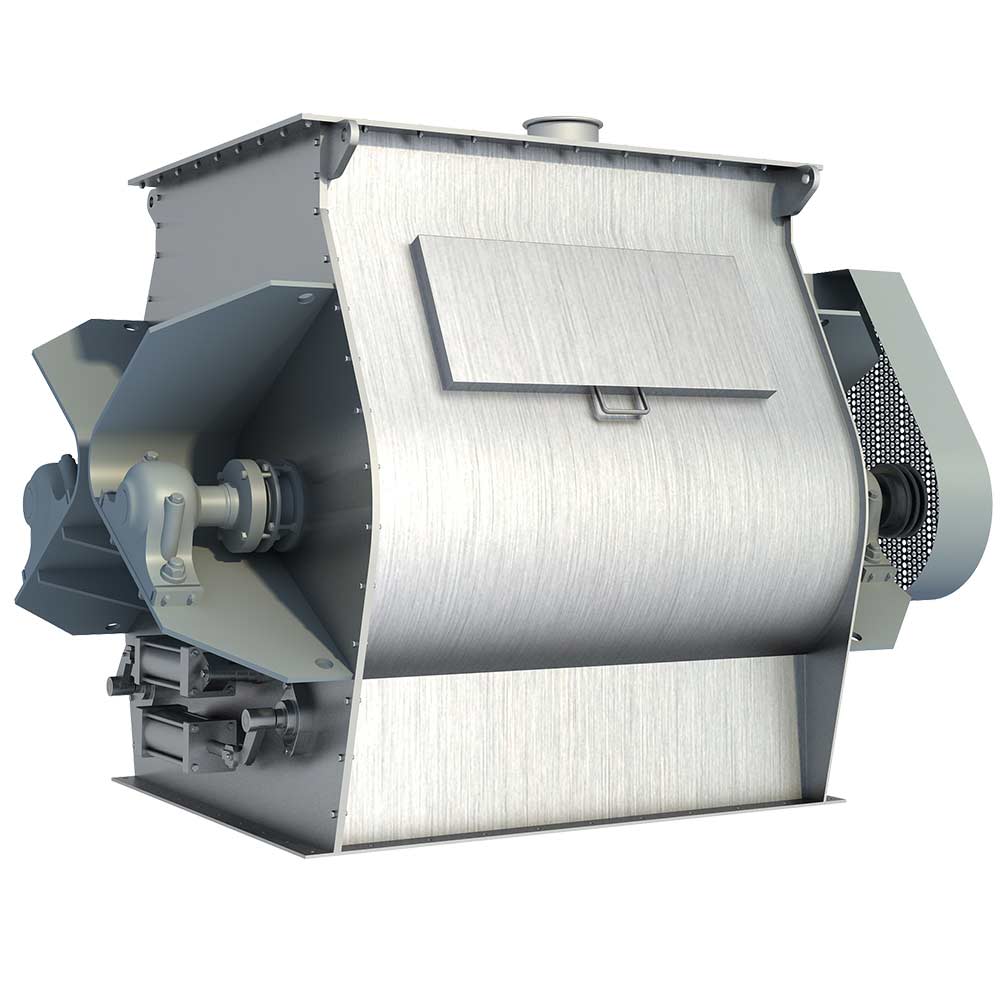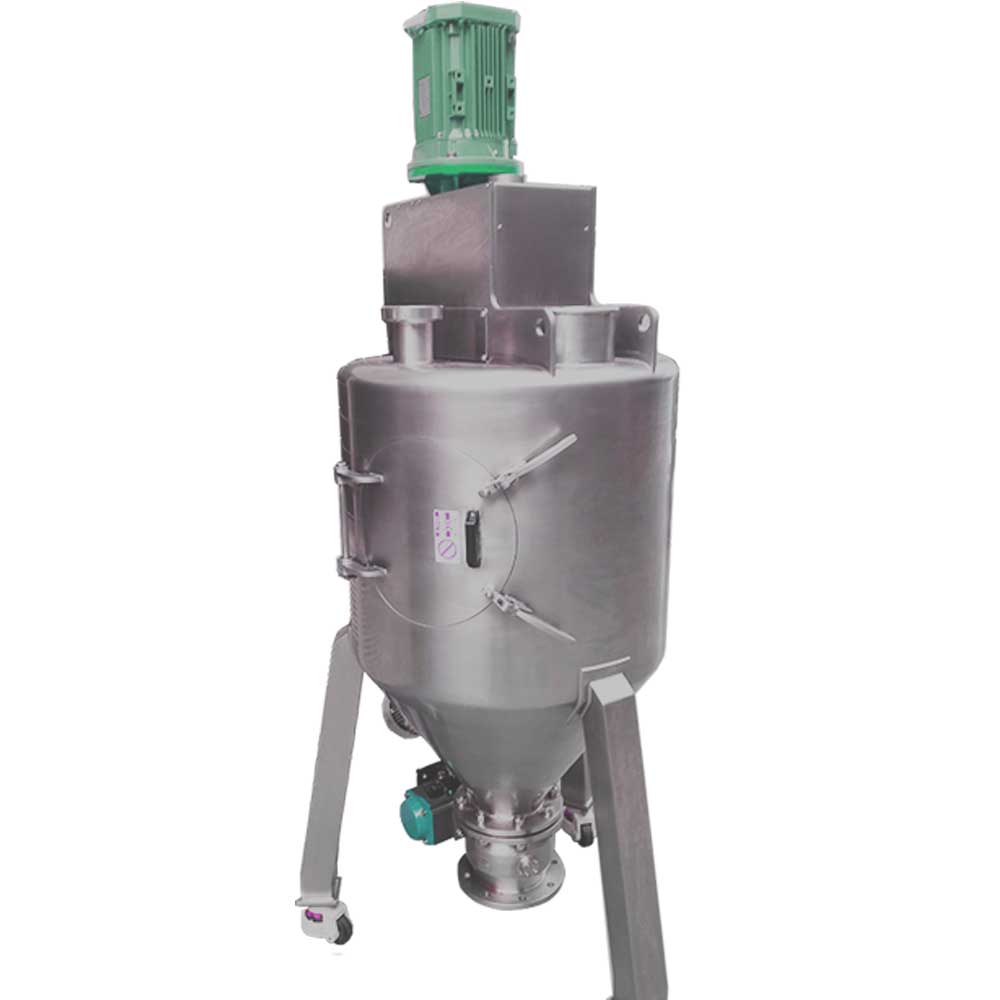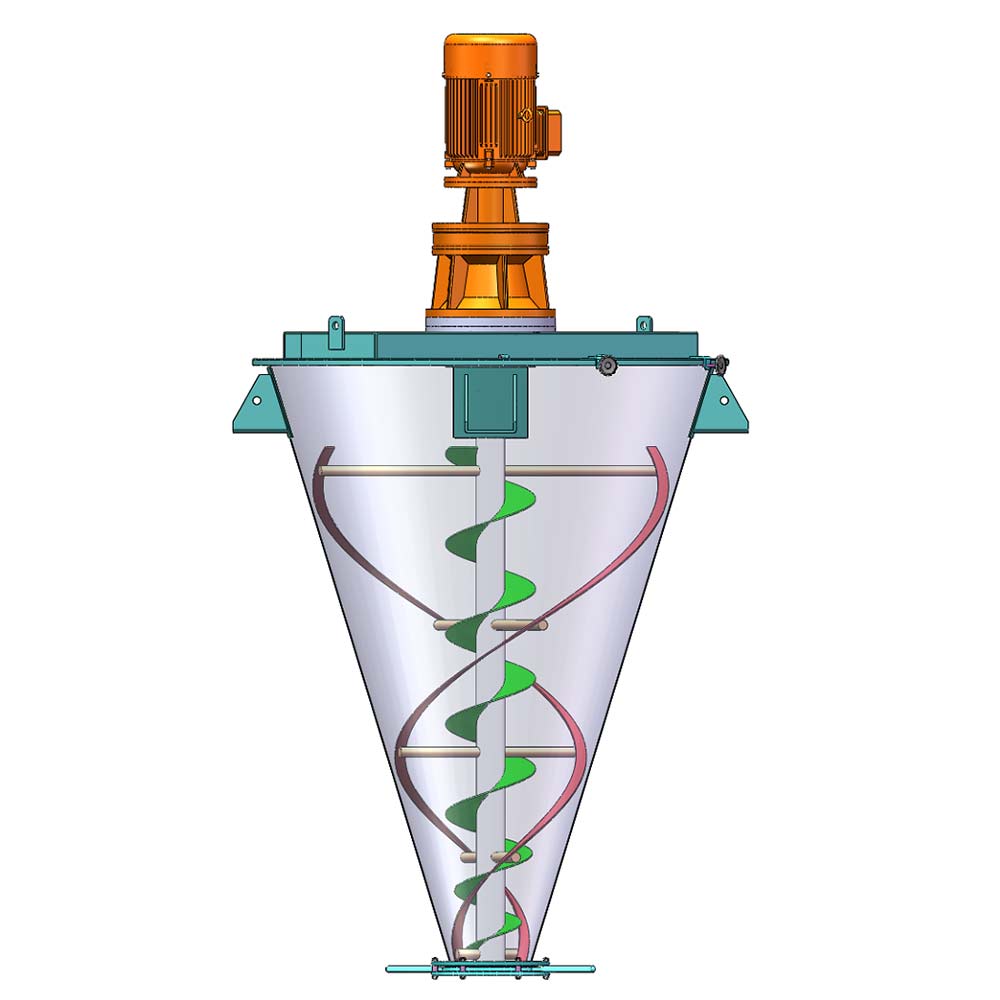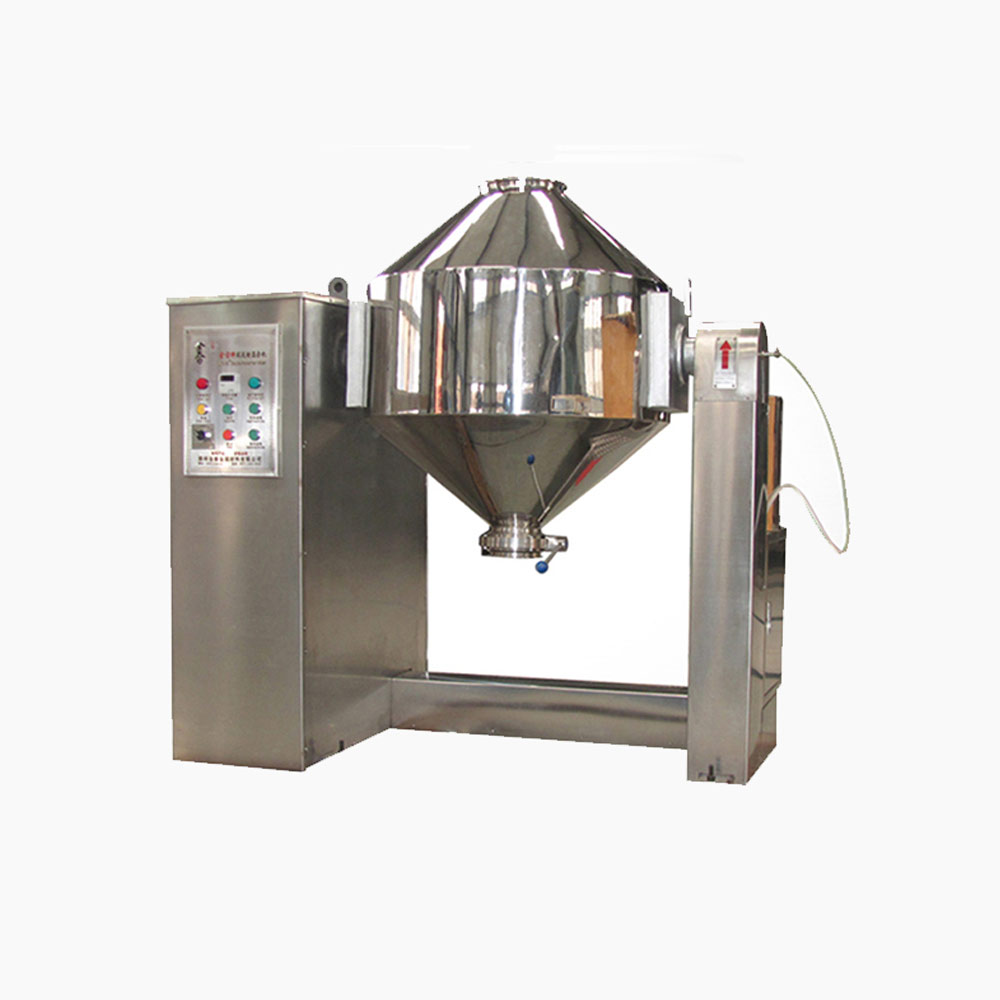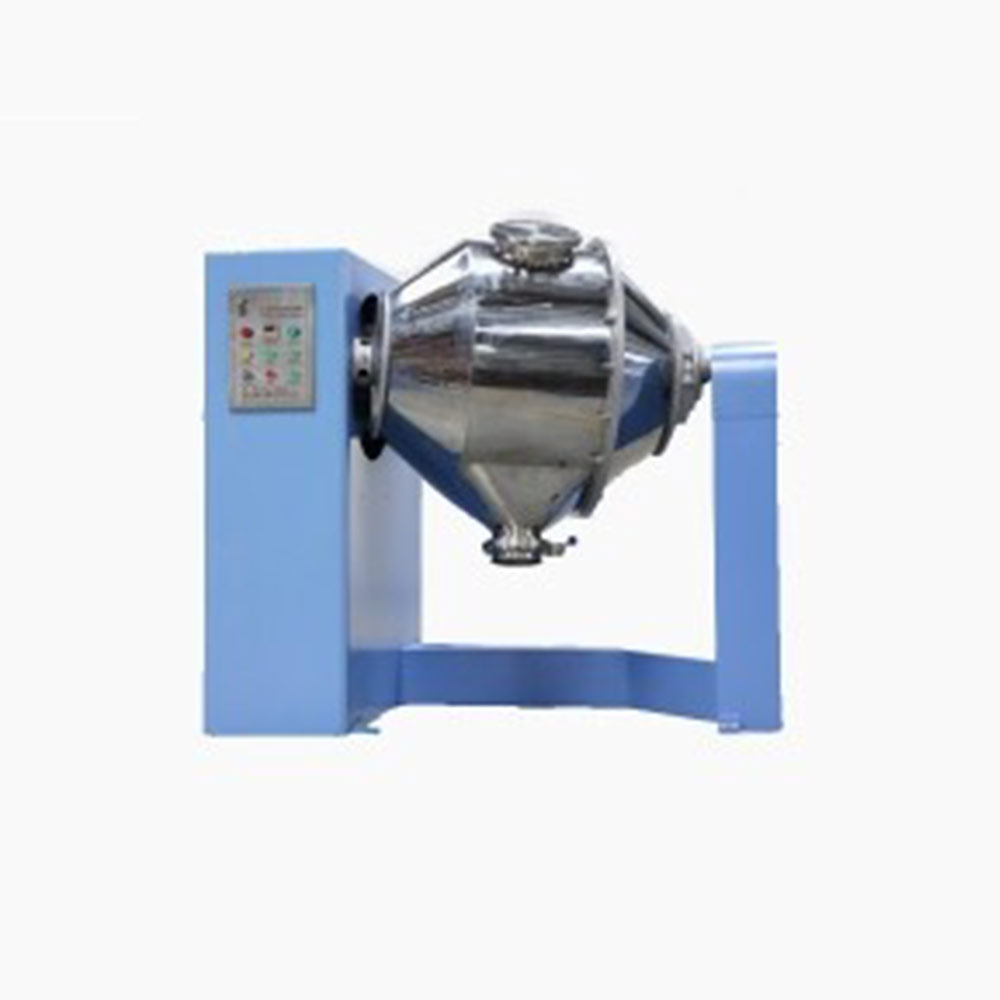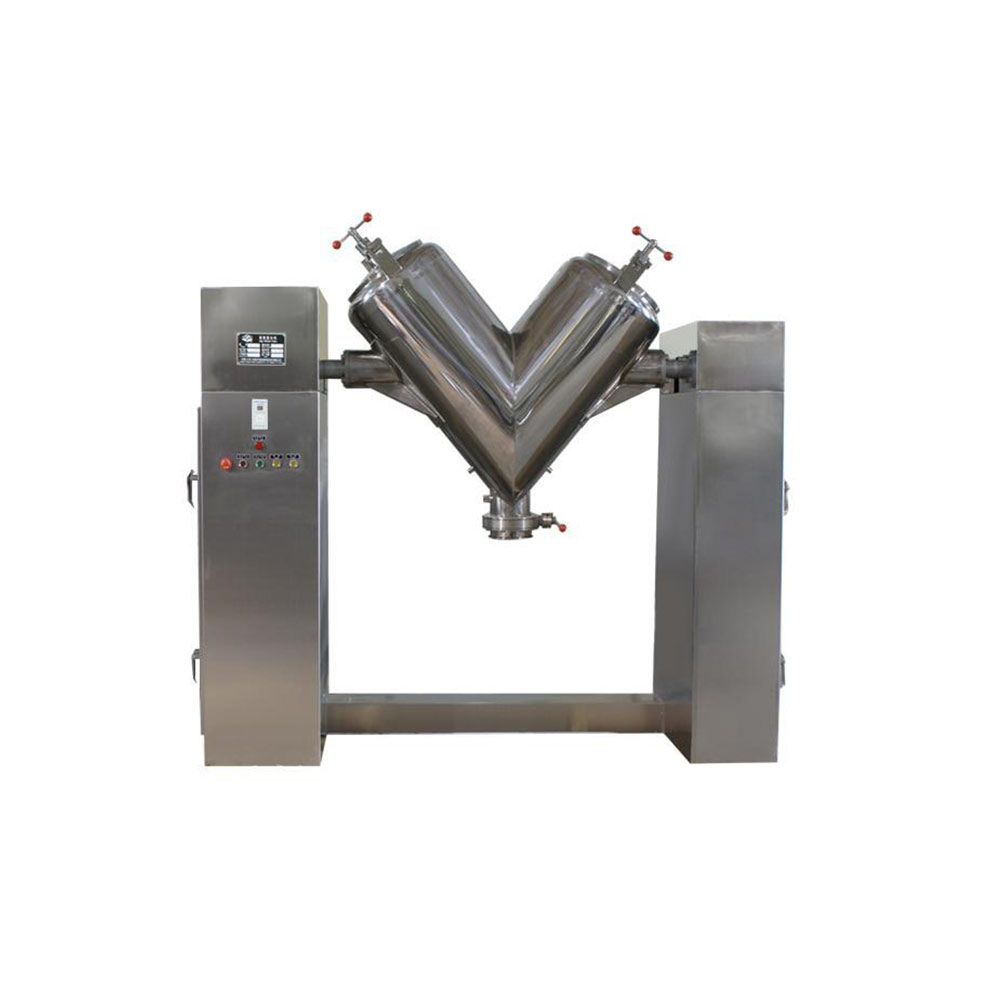Ask An Expert
Frequently Asked Questions
Yes, We can supply simple stand alone panels or automated PLC controlled systems. We normally install and test all controls on our mixers before they are shipped.
Yes, we normally test the mixers before they are shipped and mark out the wire need to connect on the control box.
We manufacture specialty mixing equipment for powder & bulk materials. Included are ribbon blender, plough mixer, conical screw mixer, twin shaft paddle mixer, V blender, double cone blender and other auxiliary equipment such as screw conveyor, quantitive auger filler.
We sell across the world, our cusotmers distribute 5 continents.
Share Us With Your Network
Ribbon Blender Cure Segregation & Improve Blending
What Are Segregation & Blending?
Segregation results when particles separate due to differences in their size, shape, or density. Segregation can result upon handling of a powder blend or material with varied particle size. Common segregation mechanisms include sifting, fluidization, and dusting.
Blending (or mixing) is the opposite behavior of segregation. The process of blending occurs when a collection of particles is homogenized or multiple ingredients are mixed to obtain a uniform product. Some materials require gentle tumble blending in a controlled batch mode while others require high shear to continuously blend highly cohesive and tough-to-mix ingredients. A well-blended material does not guarantee production of a quality product due to segregation effects that may result during powder flow.
When & Where can Segregation Occur?
Segregation often results during filling of a container, silo, or hopper. It can also be caused by vibration, agitation, or other unique forces acting on particles.
With sifting segregation, the fine particles concentrate under the point of pile impact, while the coarse particles roll off to the pile periphery. Click here for a video demonstration of sifting.
With fluidization segregation, the fine particles in an aerated powder locate towards the top of a container, while the coarse particles deaerate quickly and settle to the bottom.
With dusting segregation, the ultra-fine powder component settles at the silo or hopper walls.
The effects of segregation are strongly influenced by the type of discharge pattern occurring in a silo, bin, or hopper.
Why is Segregation a Problem?
Segregation or poor blending can have many implications, including:
Rejected product
Variable color, look, or taste
Excessive blend times
Customer complaints
Erratic dosage weight, mass
Product or process delays
Inconsistent particle size
Poor quality control
How can Vortex Help Address Segregation or Blending Needs?
The key to solving or preventing segregation is to evaluate the segregation tendencies of the material and understand how the bulk material will transfer through your process in bins, hoppers, chutes, or conveying systems. Mass flow discharge will reduce or eliminate the effects of sifting and dusting segregation such as ribbon blender, while funnel flow will often worsen the effects, such as mixer with conical bottome.
Vortex engineers have the technical capabilities to diagnose the intricate differences between a blending, sampling, and segregation problem. We have the capability in our laboratories to perform physical modeling with batch and continuous blenders.
Explore our solutions to your segregation or blending needs, review case studies, or contact us so we can help you better understand powder segregation behavior, as well as blending.
Ask An Expert


